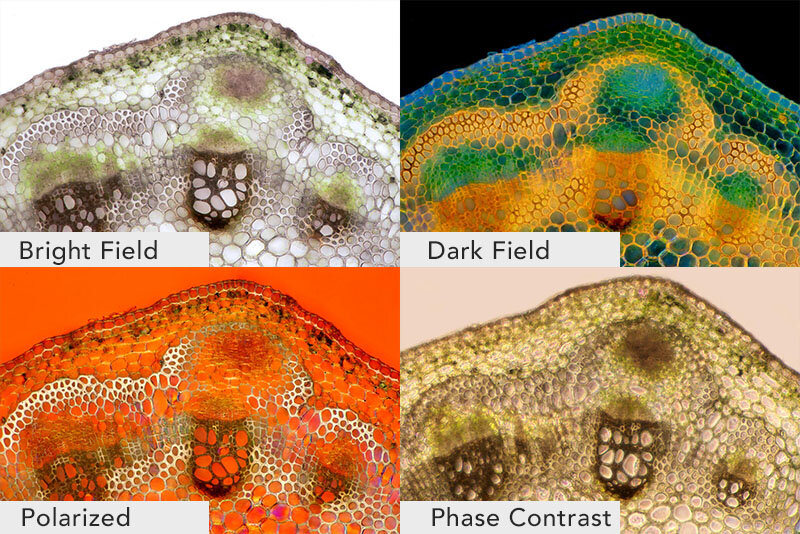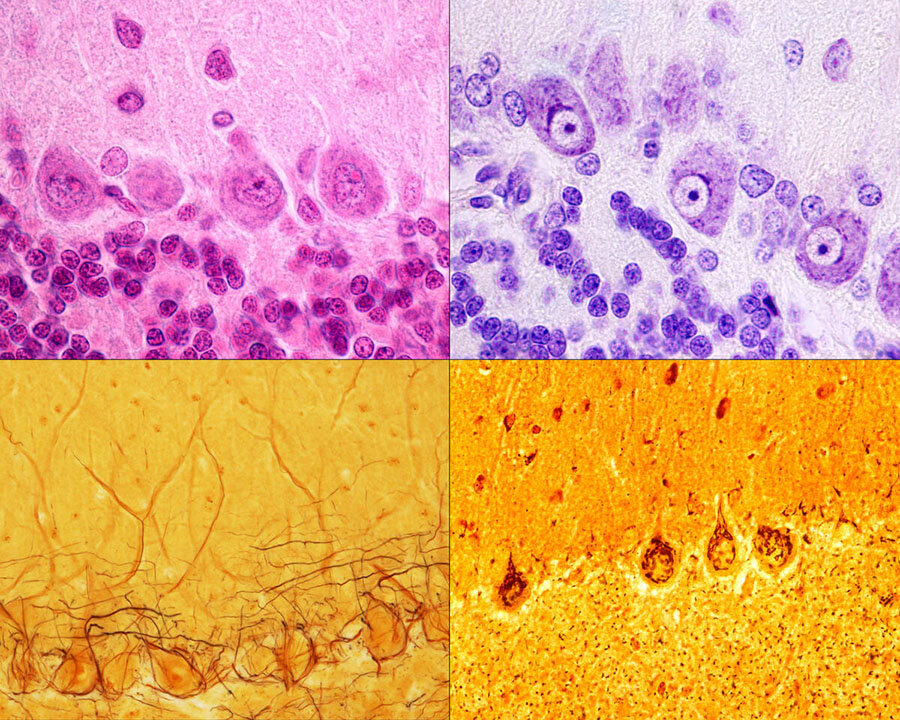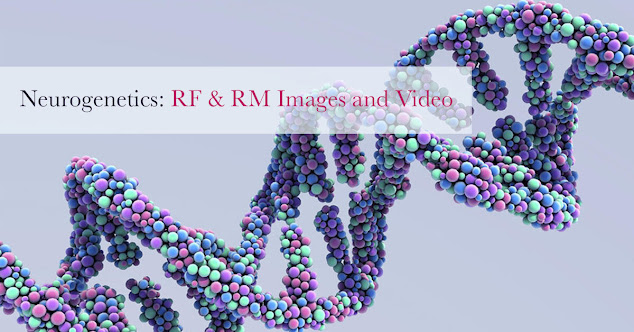SCIENCE SOURCE NEWS: Brought to you by Science Source, your source for stock science and photography, medical illustration, and video.
Thursday, January 28, 2021
Wednesday, January 27, 2021
Types of Vaccines: Whole Pathogen, Subunit and Nucleic Acid (mRNA & DNA)
This past year of the pandemic has brought with it much suffering, but it has also brought an amazing advancement in medical science. It will be the first vaccine that uses a form of nucleic acid, in this case, mRNA (messenger RNA).
Not only will this vaccine bring the world out of the shadow of COVID-19, but it will also open the door to a myriad of other healthcare developments.
Stock Images of mRNA
First, an overview of how vaccines work. Your body is naturally good at defending itself against intruders such as bacterias and viruses. In fact, you are exposed to thousands each day. If any make it through your first line of defense, your immune system takes action.
A virus is called an antigen. It alerts your immune system to create antibodies, which kill the virus or render it ineffective. Depending on the virus, these antibodies, once triggered, stay effective for months, years, and often a lifetime.
A vaccine works by tricking the body into creating these protective antibodies, without the body needing to get sick.
Traditional or classic vaccines use a method referred to as Whole Pathogen. They use the entire virus, either inactivated (dead) or attenuated (weakened) form.
Another type of vaccine is called Subunit. It uses only part of the virus.
Art Prints and Posters of Microbiology on Fine Art America
The newest form of vaccine and the type used for COVID-19 is a Nucleic Acid vaccine, which uses either DNA or mRNA (messenger RNA). This genetic material tells the cells to manufacture the virus or a portion of it. The COVID-19 vaccine uses mRNA that creates just the spike protein that is found on the coronavirus. Our immune system will create antibodies that then attack the coronavirus since it is covered in these spike proteins.
It is the first nucleic acid vaccine ever approved and in use. It is certainly laying the groundwork for many other vaccines to help rid humanity of other diseases.
Without this worldwide health crisis bringing focus and a global collaborative effort, it may have taken many years or even decades for Medicine to have advanced to this point.
Tuesday, January 26, 2021
History of Prosthetics: From Ancient Egypt to Today
Prosthetics originated in the Near East around 3000 BC, with the earliest evidence appearing in ancient Egypt and Iran. The first known example was a big toe on the foot of a mummy found in 2000 in the Egyptian necropolis near ancient Thebes.
In the 1st century AD, Pliny the Elder recorded the story of Roman general, Marcus Sergius, who lost his right hand in the Second Punic War and got an iron replacement so he could hold his shield in battle.
Prosthetic Stock Image Gallery
Improvements in amputation surgery and prosthetic design came in France during the 1500s from Ambroise Paré. Among his inventions was a kneeling peg leg, which had an adjustable harness, a fixed foot position, and a locking function.
Through the years Prosthetic devices have been an asset to people in the armed forces. Countless field workers who have lost limbs in battle have had their lives transformed by the benefits of prosthetic technology. The Iraq war led to rapid advancement and development in prosthetic technology and now over 1,000 Iraq war veterans use prosthetic limbs.
Today, prosthetics can be made by hand or with the help of computer programs that create designs and analyze the items using 2-D and 3-D graphics. Advancements in robotics continue to improve prosthetic items and in the future, it is not inconceivable that replacement limbs will be as effective as organic ones.
For stock images of prosthetic technology follow the link above and for science products check out our storefront below.
Medical Microscope - Gift Ideas for the Medical Professional
Monday, January 25, 2021
Down Syndrome Awarness
Last month was Down Syndrome Awareness Month. According to The National Down Syndrome Society, the month is an opportunity to spread awareness about people with Down Syndrome by celebrating their abilities and accomplishments, rather than their disability.
Stock image and video gallery of down syndrome awareness
Over the years, The National Down Syndrome Society has devoted itself to the specific health and education needs of people with Down Syndrome. The NDSS raises money through direct donations and fundraisers such as the Buddywalk each election year. They also advocate for legal protections for people with down syndrome and fight to preserve government assistance programs.
Down Syndrome is one of the most common chromosomal diseases, affecting about 6,000 newborns each year. While there is no cure for Down Syndrome, organizations such as the NDSS continue to provide people with the condition with the help and opportunities they need to live happy and fulfilling lives. As their website mentions, people with Down Syndrome drive cars, go to college, get jobs, date, and get married every day! Find out how you can help them fulfill their dreams by visiting the NDSS website below.
DNA and Genetics Themed Gifts and Home Decor
At Science Source, we proudly celebrate people from different backgrounds and experiences. We are excited to celebrate Down Syndrome Awareness Month by offering a broad and inclusive selection of stock images and videos.
Friday, January 22, 2021
Neurigenetics
Neurogenetics is the study of the nervous system as it pertains to genetics. Using phenotypes, or observable characteristics and traits, neurogenetics attempts to reach conclusions about individuals of one or more species on the basis of hereditary.
Seymour Benzer, considered by many as the father of neurogenetics, made his first discovery in the field of neurogenetics when he pinpointed a link between the circadian rhythm and genes. He found that animals go through cycles of sleeping and waking naturally and not by anything learned or developed. This led him to further investigations in the traits and behaviors of individuals as they relate to genetics. Benzer went on to make groundbreaking discoveries in neurodegeneration when he discovered similarities between fruit fly and human genes. This helped him isolate neurological diseases in humans.
Advances in molecular biology and the species-wide genome project have made it possible to map an individual's entire genome. While this information is key to understanding neurobiology, a comprehensive picture of an individual’s traits and behaviors can only be achieved by taking into account additional factors.
The classic debate of nature vs. nurture clarifies that one’s genes are not the only determinant of a given biological outcome. Science reveals that traits and behaviors are due to a confluence of many genes, as well as regulatory factors like neurotransmitter levels and one’s environmental influences.
New developments in genetic engineering are being used to alter genetic material to potentially negate or suppress the effects of genetically linked diseases. Innovations in technologies, such as CRISPR, allow genetic material to be added, removed, or altered at particular locations in the genome.
It is possible that one day genetic editing could be used to cure neurogenic diseases such as Alzheimer's disease and Parkinson's. Research on this front, however, is still ongoing.
Tuesday, January 5, 2021
Taking a Closer Look at Microscopy for Medical and Scientific Use
Read any scientific or medical news story and you can see that microscopy has come a long way since your high school biology class microscope.
It isn't just higher magnification, but crisp details, a greater depth of field, viewing internal features, and colorful 3D-like visuals that fascinate us. There have been many advancements to light microscopes and a multitude of new kinds that can see so much more than we could have ever expected.
Let's take a closer look!

Four types of Light micrographs: Bright Field, Dark Field, Polarized, Phase Contrast. © Marek Mis/Science Source
The basic microscope we used as a kid is the standard “light microscope”. Simply put, it uses light and a set of lenses. The addition of filters, specialized mirrors, lasers, specific light spectrums, and other features gives us much more detail.
More advanced devices include Scanning Electron Microscopes (SEM), Transmission Electron Microscopes (TEM), Atomic Force Microscopes (AFM), and Scanning Tunneling Microscopes (STM).
Commonly used techniques when viewing slides on a light microscope are Bright Field, Dark Field, Fluorescence, Differential Interference Contrast (DIC), Phase Contrast, and Confocal microscopy.
Light MIcroscope Bright Field: the light source shines directly from underneath the specimen, creating a light-colored or bright area around it.

Purkinje neurons of the cerebellar cortex stained with four staining methods: hematoxylin eosin (top left), cresyl violet (top right), Cajal's silver nitrate (bottom left) and silver method for Golgi apparatus (bottom right). © Jose Luis Calvo/Science Source
Light Microscope Dark Field: the light source is occulted, so it reaches the specimen at different angles giving us slightly more varied details than if it was lit from directly underneath. The area around the specimen is dark or black.
Fluorescence: This uses light filters and specific wavelengths. Short wavelengths are reflected down to the specimen, which then fluoresces or gives off long wavelengths of light. These are reflected up to a mirror that allows long wavelengths to pass through to the lens.
Phase Contrast: Using a special lens and filters it allows viewing of transparent and colorless specimens. It looks similar to DIC micrography but lacks shadows, making it a bit more two dimensional.

Different illumination techniques of a light microscope: dark field, fluorescence, bright field, phase contrast, DIC (differential interference contrast). Child’s hair strand © Ted Kinsman/Science Source
Differential Interference Contrast Microscopy (DIC): Using a polarizer, beam splitter, condenser, and filters it allows viewing of transparent and colorless specimens. It has a more three-dimensional appearance than phase-contrast microscopy.
Confocal Microscopy: Also called Confocal Laser Scanning Microscopy (CLSM), it uses a laser and a spatial pinhole to create a sharper image.
Let's look at the more advanced types of microscopes:
Scanning Electron Microscope SEM: Uses a particle beam of electrons. It detects reflected electrons off the surface of a specimen, which is placed in a vacuum. creating sharp images. Magnification ranges from 20x to 30,000x, spatial resolution of 50 - 100nm.

Bone marrow cell. This micrograph shows this cell with light (inset) and electron microscope. © Jose Luis Calvo/Science Source
Transmission Electron Microscope TEM: Uses a particle beam of electrons that pass through a thinly sliced specimen. It can show the internal structures of cells with a magnification up to 2,000,000x.
Atomic Force Microscope AFM: AFM uses a laser that bounces off of a stylus on a cantilever lever. This action traces the specimen. Any deviation triggers the sensors creating a raster image. One benefit of this is that it also records the Z-Plane. Another advantage of AFM over electron microscopy is that the specimen need not be in a vacuum.
Scanning Tunneling Microscope STM: Scanning Tunneling Microscope STM: An STM also uses electrons, based on quantum tunneling. The benefits are that it can be used in a vacuum, air, water, or ambient gas environment. It captures surfaces on the atomic level.
What can we look at with all of these scopes?
Scoop up pond water or ocean water to be astonished by the plethora of living zooplankton and phytoplankton visible within a single drop using a simple light microscope.
It opens you to the wonder of cyanobacteria, blue-green algae, ciliates like paramecium, daphnia, amoebas, and euglena. If you were lucky, you might have witnessed them conjugate and divide!
Additionally, the ocean water drop allows a peek at copepods, immature mollusks, krill, algae, crustaceans, fish in their zooplankton stage; and you may behold the breathtaking beauty of diatoms, the most common type of phytoplankton in our oceans.
Switch to a higher-powered Scanning Electron Microscope (SEM) to view Water Bears, pollen, blood cells, and insects. An SEM uses a particle beam of electrons to photograph the surface of a vacuum-sealed specimen.
Transmission Electron Microscopes(TEM) allows us to see cross-sections of a specimen like the beautiful interior of the human body, marine life, and animal and plant cells. The TEM's particle beam passes through its vacuum sealed specimen.
Custom homedecor, phone cases, shirts and more.
Of course, there are critical medical applications.
We can view the cells of the human body with many different microscopes. The light mic, SEM, and TEM show scientists and medical researchers different angles and aspects of the cell and its fine structures and organelles.
Microscopes help scientists study cancer - breast, ovarian, prostate, liver, and skin cancer. We can develop an improved understanding of skin conditions such as psoriasis and eczema. They assist in the fight against nervous, respiratory, and circulatory system diseases. And a cure for muscular conditions such as fibromyalgia and multiple sclerosis (MS) and autoimmune conditions.
Infectious agents such as bacteria, viruses, fungi, prions, and parasites can be examined. It allows us to better understand, diagnose, and work towards cures, vaccines, or prevention.
And without the microscope, how could we progress in the fight against the seasonal flu, measles, polio, malaria, and HIV/AIDS.
If light, lasers, electrons, and quantum physics are not enough, there is even a microscopy method, similar to SONAR, that uses sound waves; Acoustic Microscopy.
Lastly, without these microscopes, we would not be able to continue our current fight against the Coronavirus, COVID-19.
Subscribe to:
Posts (Atom)
Rotifers, Nematodes and Tardigrades Stock Microscopic Photography
Roti fers (Philodina sp.), Light Micrograph The bdelloid rotifer, found in freshwater habitats all over the world, is able to withstand ex...

-
Woman uses a Scanning Electron Microscope (left) , a cell heavily infected withARS-CoV-2 virus particles (right). The entire world has beco...
-
Roti fers (Philodina sp.), Light Micrograph The bdelloid rotifer, found in freshwater habitats all over the world, is able to withstand ex...
-
How did we get from discovering fire to using nanotubes in labs? The concept of atoms was first conceived in ancient Greece by a gr...













